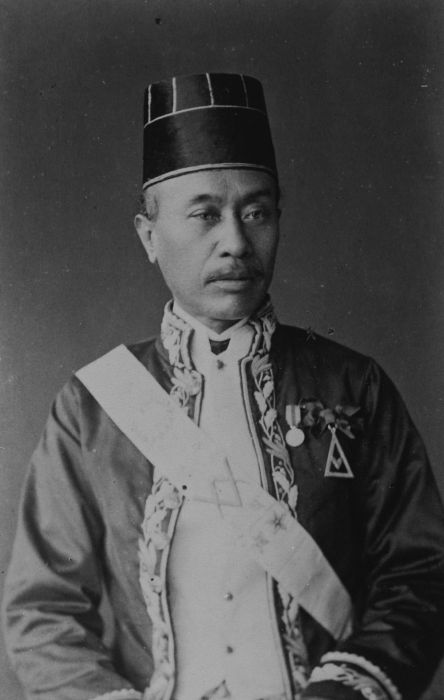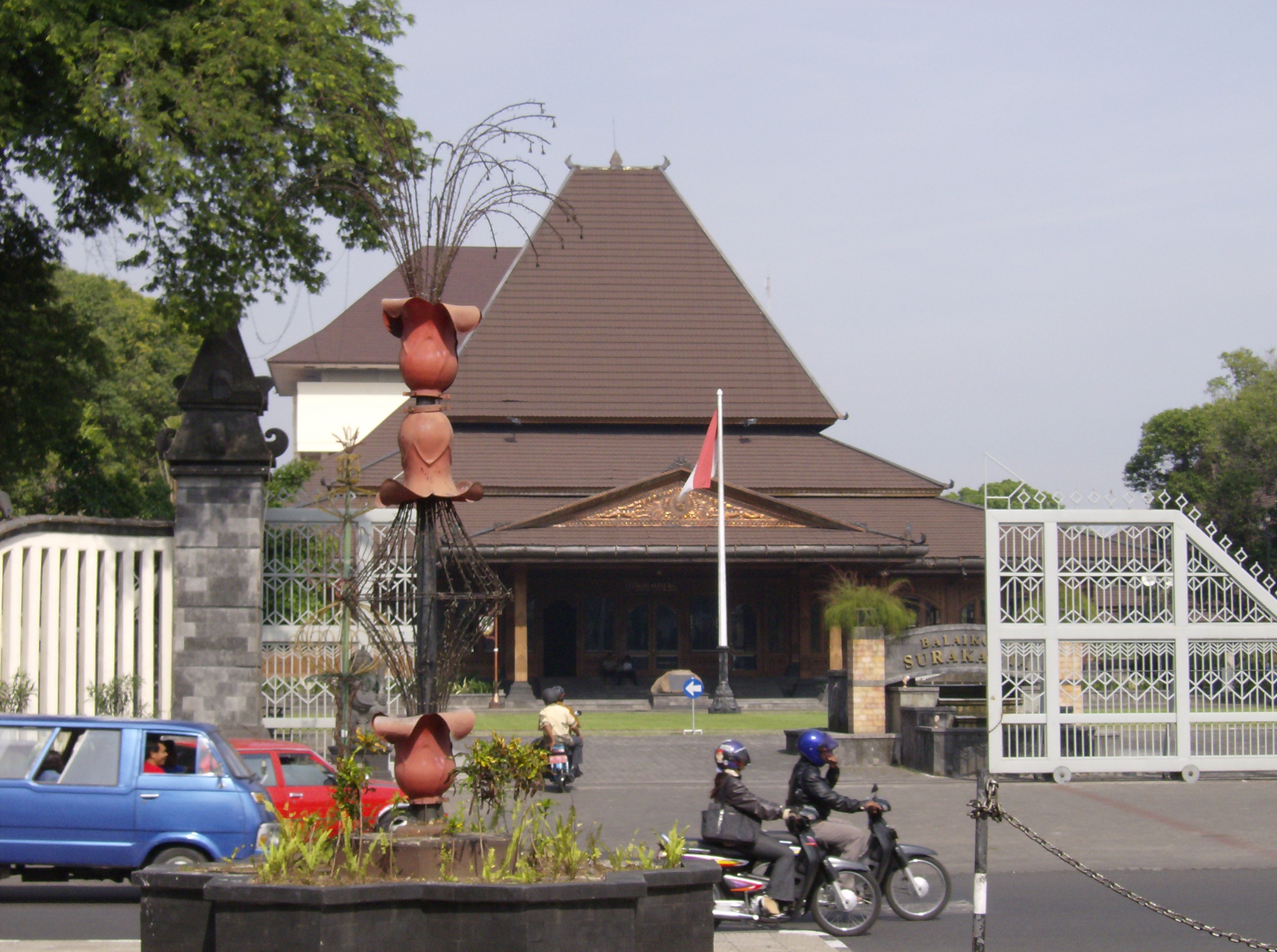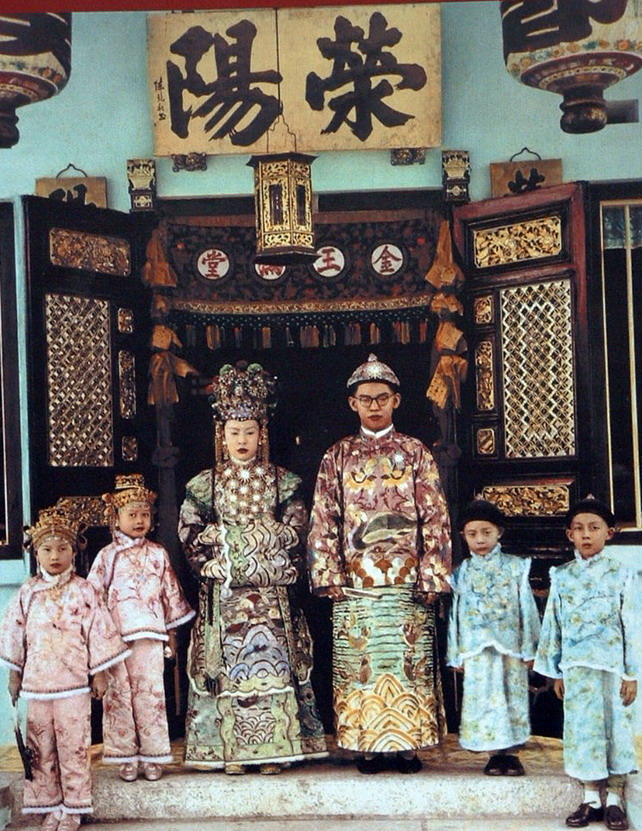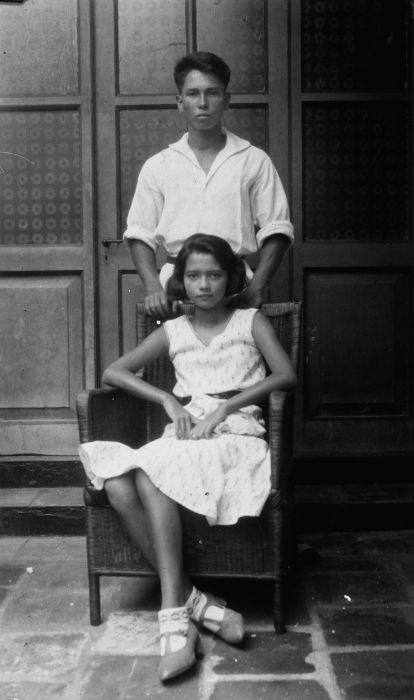|
Freemasonry In Indonesia
Freemasonry was introduced by the Dutch to what is today Indonesia during the VOC era in the 18th century, and spread throughout the Dutch East Indies during a wave of westernisation in the 19th century. Freemasons originally only included Europeans and Indo-Europeans, but later also indigenous people with a Western education. Active freemasonry existed throughout the Dutch East Indies (now: Indonesia) from 1762 to 1962. The first lodge in Asia "La Choisie" was founded in Batavia by Jacobus Cornelis Mattheus Radermacher (1741–1783). In July 1772 Abraham van der Weijden established the Lodge'' La Fidele Sinceritie '' in Batavia. In 1922 a Dutch Provincial Grand Lodge, under the Grand Orient of the Netherlands, at Weltevreden (Batavia) controlled twenty Lodges in the colony. Fourteen in Java, three in Sumatra and others in places such as Makassar. The lodges in the colony played a role in the social emancipation of the Indo-Europeans, as well as of the so-called Foreign Oriental ... [...More Info...] [...Related Items...] OR: [Wikipedia] [Google] [Baidu] |
Indonesian National Revolution
The Indonesian National Revolution, or the Indonesian War of Independence, was an armed conflict and diplomatic struggle between the Republic of Indonesia and the Dutch Empire and an internal social revolution during Aftermath of WWII, postwar and Dutch East Indies#World War II and independence, postcolonial Indonesia. It took place between Indonesian Declaration of Independence, Indonesia's declaration of independence in 1945 and the Netherlands' Dutch–Indonesian Round Table Conference, transfer of sovereignty over the Dutch East Indies to the Republic of the United States of Indonesia at the end of 1949. The four-year struggle involved sporadic but bloody armed conflict, internal Indonesian political and communal upheavals, and two major international diplomatic interventions. Dutch military forces (and, for a while, the forces of the World War II Allies, World War II allies) were able to control the major towns, cities and industrial assets in Republican heartlands on Ja ... [...More Info...] [...Related Items...] OR: [Wikipedia] [Google] [Baidu] |
Probolinggo
Probolinggo ( id, Kota Probolinggo, mad, Prabâlingghâ) is a city on the north coast of East Java province, Indonesia. It covers an area of 56.67 sq. km, and had a population of 217,062 at the 2010 census and 239,649 at the 2020 census; the official estimate as at mid 2021 was 241,202. It is surrounded on the landward side by Probolinggo Regency of which it was formerly the capital, but it is now not part of the regency. Like most of northern East Java, the city has a large Madurese population in addition to many ethnically Javanese people. It is located on one of the major highways across Java, and has a harbor that is heavily used by fishing vessels. Under the Dutch East Indies The Dutch East Indies, also known as the Netherlands East Indies ( nl, Nederlands(ch)-Indië; ), was a Dutch colony consisting of what is now Indonesia. It was formed from the nationalised trading posts of the Dutch East India Company, which ... colonial administration, especially in ... [...More Info...] [...Related Items...] OR: [Wikipedia] [Google] [Baidu] |
Surakarta
Surakarta ( jv, ꦯꦸꦫꦏꦂꦠ), known colloquially as Solo ( jv, ꦱꦭ; ), is a city in Central Java, Indonesia. The 44 km2 (16.2 sq mi) city adjoins Karanganyar Regency and Boyolali Regency to the north, Karanganyar Regency and Sukoharjo Regency to the east and west, and Sukoharjo Regency to the south. On the eastern side of Solo lies Solo River (Bengawan Solo). Its built-up area, consisting of Surakarta City and 59 districts spread over seven regencies ("Greater Solo Area", formerly Special Region of Surakarta), was home to 3,649,254 inhabitants as of 2010 census, around half million of which reside in the city proper. Surakarta is the birthplace of the current President of Indonesia, Joko Widodo. He served as Mayor of Surakarta from 2005 to 2012. History Hominid habitation in the region of Surakarta is evidenced from roughly one million years ago, the age of the "Java Man" skeleton found 80 kilometers upstream. Another famous early hominid from this area is called ... [...More Info...] [...Related Items...] OR: [Wikipedia] [Google] [Baidu] |
Padang, Indonesia
Padang () is the Capital city, capital and largest city of the Indonesian Provinces of Indonesia, province of West Sumatra. With a Census population of 1,015,000 as of 2022, it is the List of cities in Indonesia by population, 16th most populous city in Indonesia and the most populous city on the west coast of Sumatra. The Padang metropolitan area is the List of metropolitan areas in Indonesia, third most populous metropolitan area in Sumatra with a population of over 1.4 million. Padang is widely known for its Minangkabau people, Minangkabau culture, Padang cuisine, cuisine, and sunset beaches. The city had historically been a trading center since the pre-colonial era, trading in Black pepper, pepper and gold. The Dutch made contact with the city in the mid 17th century, eventually constructing a fortress and taking over control of the city from the Pagaruyung Kingdom. Save for several interruptions of British rule, Padang remained part of the Dutch East Indies as one of its m ... [...More Info...] [...Related Items...] OR: [Wikipedia] [Google] [Baidu] |
Semarang
Semarang ( jv, ꦏꦸꦛꦯꦼꦩꦫꦁ , Pegon: سماراڠ) is the capital and largest city of Central Java province in Indonesia. It was a major port during the Dutch colonial era, and is still an important regional center and port today. The city has been named as the cleanest tourist destination in Southeast Asia by the ASEAN Clean Tourist City Standard (ACTCS) for 2020–2022. It has an area of and is located at . The population of the city was 1,555,984 at the 2010 censusBiro Pusat Statistik, Jakarta, 2011. and 1,653,524 at the 2020 census,Badan Pusat Statistik, Jakarta, 2021. making it Indonesia's ninth most populous city after Jakarta, Surabaya, Bekasi, Bandung, Medan, Depok, Tangerang and Palembang. The built-up urban area had 3,183,516 inhabitants at the 2010 census spread over two cities and 26 districts. The Semarang metropolitan area (a.k.a. ''Kedungsepur'') has a population of over 6 million in 2020 (''see Greater Semarang section''). The population of the cit ... [...More Info...] [...Related Items...] OR: [Wikipedia] [Google] [Baidu] |
Sukarno
Sukarno). (; born Koesno Sosrodihardjo, ; 6 June 1901 – 21 June 1970) was an Indonesian statesman, orator, revolutionary, and nationalist who was the first president of Indonesia, serving from 1945 to 1967. Sukarno was the leader of the Indonesian struggle for independence from the Dutch colonialists. He was a prominent leader of Indonesia's nationalist movement during the colonial period and spent over a decade under Dutch detention until released by the invading Japanese forces in World War II. Sukarno and his fellow nationalists collaborated to garner support for the Japanese war effort from the population, in exchange for Japanese aid in spreading nationalist ideas. Upon Japanese surrender, Sukarno and Mohammad Hatta declared Indonesian independence on 17 August 1945, and Sukarno was appointed president. He led the Indonesian resistance to Dutch re-colonisation efforts via diplomatic and military means until the Dutch recognition of Indonesian independence ... [...More Info...] [...Related Items...] OR: [Wikipedia] [Google] [Baidu] |
Loa Sek Hie
Loa Sek Hie Sia (born in Batavia in 1898 - died in The Hague in 1965) was a colonial Indonesian politician, parliamentarian and the founding ''Voorzitter'' or chairman of the controversial, ethnic-Chinese self-defense force Pao An Tui (1946 - 1949). He was a ''Peranakan'' of Chinese-Indonesian, Austrian and Javanese descent. In his political career, he campaigned against racial discrimination and demanded better healthcare and education for ethnic Chinese in the Dutch East Indies. History Family and education Loa was born in Pasar Baru, Batavia in 1898 into one of the city's most prominent families, part of the 'Cabang Atas' or ''Peranakan'' Chinese gentry of Java. His grandfather was the tycoon Loa Po Seng, oJalan Posengin Pasar Baru, while his father, Loa Tiang Hoei, served as ''Kapitein der Chinezen'' of Pasar Baru. This was a civil government appointment with legal and political authority over the local Chinese community. Loa's mother, Louise Goldman, came from an Indo-E ... [...More Info...] [...Related Items...] OR: [Wikipedia] [Google] [Baidu] |
Loa Po Seng
( ), also called loa or loi, are spirits in the African diasporic religion of Haitian Vodou. They have also been incorporated into some revivalist forms of Louisiana Voodoo. Many of the lwa derive their identities in part from deities venerated in the traditional religions of West Africa, especially those of the Fon and Yoruba. In Haitian Vodou, the lwa serve as intermediaries between humanity and Bondyé, a transcendent creator divinity. Vodouists believe that over a thousand lwa exist, the names of at least 232 of which are recorded. Each lwa has its own personality and is associated with specific colors and objects. Many of them are equated with specific Roman Catholic saints on the basis of similar characteristics or shared symbols. The lwa are divided into different groups, known as ''nanchon'' (nations), the most notable of which are the Petwo and the Rada. According to Vodou belief, the lwa communicate with humans through dreams and divination, and in turn are given of ... [...More Info...] [...Related Items...] OR: [Wikipedia] [Google] [Baidu] |
Peranakan Chinese
The Peranakans () are an ethnic group defined by their genealogical descent from the first waves of Southern Chinese settlers to maritime Southeast Asia, known as Nanyang (), namely the British Colonial ruled ports in the Malay Peninsula, the Indonesian Archipelago as well as Singapore. Peranakan culture, especially in the dominant Peranakan centres of Malacca, Singapore, Penang and Medan, is characterized by its unique hybridization of ancient Chinese culture with the local cultures of the Nusantara region, the result of a centuries-long history of transculturation and interracial marriage. Immigrants from the southern provinces of China arrived in significant numbers in the region between the 14th and 17th centuries, taking abode in the Malay Peninsula (where their descendants in Malacca, Singapore and Penang are referred to as Baba–Nyonya); the Indonesian Archipelago (where their descendants are referred to as Kiau–Seng); and Southern Thailand, primarily in Phuket, T ... [...More Info...] [...Related Items...] OR: [Wikipedia] [Google] [Baidu] |
Indo Europees Verbond
The Indo Europeesch Verbond (IEV) or Indo European Alliance was a social movement and political organisation founded in 1919 by the Indo-European (Eurasian) community of the Dutch East Indies that fought for race equality and political say in late colonial Indonesia during the early 20th century. It was one of the first and largest European organisations in the Dutch East Indies that formulated a desire for an independent nation albeit in relation with a Dutch dominion and supported the Soetardjo Petition of 1936 that aimed for an independent status within a Dutch commonwealth.Willems, Wim ''Sporen van een Indisch verleden (1600-1942), Part II by van Hoogevest, W.M.'' (COMT, Leiden, 1994) P.81,84 Its vision was to retain an important position for the Indo European (Eurasian) segment of Indonesian society after obtaining independence from the Netherlands. Founding father of this organisation was Karel Zaalberg chief editor of one of the country's largest newspapers (Bataviaasch ... [...More Info...] [...Related Items...] OR: [Wikipedia] [Google] [Baidu] |
Dick De Hoog
Frederik Hermanus "Dick" de Hoog (16 June 1881 – 3 January 1939) was the Indo (Eurasian) president of the Indo European Alliance, member of People's Council and professional politician in the Dutch East Indies. He was also a Grand Master (Masonic) of the Dutch East Indies Freemasonry (Grand Orient of the Netherlands). He was born on Ambon and died in Bandung, Dutch East Indies. He was the son of a Dutch man Johannes Hermanus Josephus de Hoog, employed in the Dutch East Indies Navy, and Indo (Eurasian) mother Susanna Beekman. He was married to the Indo Chinese Kiong Nio Oei (1874–1961). The couple had two adoptive children. After an expeditious and successful professional career Dick de Hoog went into politics and became the undisputed leader of the Indo Europeesch Verbond (English: Indo European Alliance), the most important Indo emancipation movement of the time. As its representative he became a professional politician and full-time member of the Dutch East Indies 'Volk ... [...More Info...] [...Related Items...] OR: [Wikipedia] [Google] [Baidu] |


.jpg)






